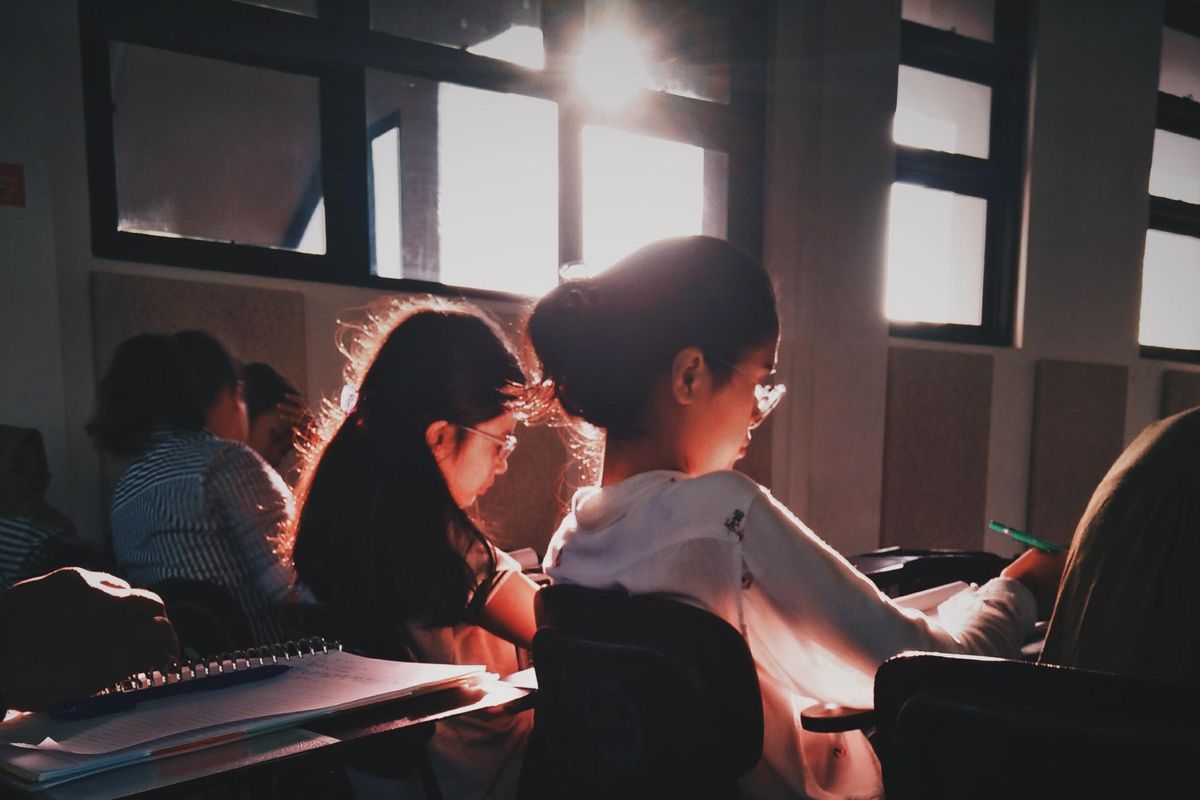Librarian exposes how book bans can happen without us noticing
“They’re counting on you not noticing."
"It’s easy to not see when something that’s that small disappears.”
Last year, the American Library Association (ALA) reported 938 attempts to challenge 4,240 unique titles in schools and libraries across the US. With statistics like that, one might imagine vacant, empty shelves with only a handful of titles available.
But in reality, book bans are much more insidious. Just take it from a librarian herself. Hayley DeRoche, known by her Instagram and TikTok followers as Sad Beige, showed just how easy it is for censorship, as impactful as it is, to go completely unnoticed.
In her video, DeRoche shows an unassuming bookshelf in her library, with a display of random books. She then cuts, asking if the viewer notices anything different. (remember those games?)
And while, sure, one can tell there is a difference, it’s hard to detect how different it is. Turns out, eight books were removed. Just like that.
“Did you notice?” she asks. “They’re counting on people not noticing that the books that they don’t want you to access are gone.”
@sadbeige Replying to @ShaniaTwang #bannedbooks #library #booktok ♬ original sound - SadBeige
This somewhat counters that narrative many of us have in our heads that only the very controversial titles are possibly on the chopping block. Some books we’ve never heard of might disappear. Meaning our kids lose the opportunity to stumble upon new ideas that open them up in unexpected ways…which, isn’t that, at least partially, what books exist for in the first place?
And then is the point DeRoche drove home in her clip, saying “You won’t notice at first because when you look around [a library] can you see specifically what books are on the shelves? Can you really see what ideas are being presented here? No! You can’t. It’s easy to not see when something that’s that small disappears.”
@sadbeige they don’t want you to have beans #greenscreen ♬ original sound - SadBeige
She went on to say that “they’re counting on you not noticing. They’re counting on you not going to council meetings where they are talking about these things. They’re counting on everyone being so overwhelmed that the public library facing book bans falls off people’s radars.”
Overwhelm is certainly what many librarians are experiencing, DeRoche noted, explaining how many eventually acquiesce to censorship demands, “in part to save themselves from having to completely disappear from the community entirely.” Some states, like Texas and Alabama, are creating laws in which librarians even face prosecution for providing certain works of literature to students, titles like The Odyssey, Catcher in the Rye, Brave New World, and One Flew Over The Cuckoo’s Nest.
@sadbeige I forget sometimes that not everyone knows this!! So quick overview if you’re new to library advocacy or want to share with folks who are ❤️📚🫡 #library #bannedbooks #librariansoftiktok #educational #educationalpurposes #explainer #greenscreensticker ♬ original sound - SadBeige
Point being: librarians and teachers are doing their best, but that effort can only go so far. As DeRoche warned, those putting these rules in place are banking on the fact that parents won’t be proactively working to stop it.
Here are a few ways to do so, courtesy of Pen America:
1. Contact your state and federal elected officials to sign the pledge: #DontCensorAmerica.
2. Send a postcard to an author or librarian, or share your story on social media with the hashtag #FreeTheBooks
3.Notify PEN America if book bans are happening in your community
4. Participate in School Board Elections
Text “READ” to 26797 for more information from Let America Read and to register to vote.
5. Attend a School or Library Board Meeting
They even have tips on what to say at school board meetings, as well as a sample letter to share with a school or library.





 man in black shirt sitting beside woman in white shirt
Photo by
man in black shirt sitting beside woman in white shirt
Photo by  woman standing in front of children
Photo by
woman standing in front of children
Photo by  girl sitting on chair
Photo by
girl sitting on chair
Photo by  woman in white and multicolored floral long-sleeved mini dress with green backpackPhoto by
woman in white and multicolored floral long-sleeved mini dress with green backpackPhoto by  black cordless headphones beside sport bottle and notebookPhoto by
black cordless headphones beside sport bottle and notebookPhoto by  woman wearing white sweaterPhoto by
woman wearing white sweaterPhoto by 
